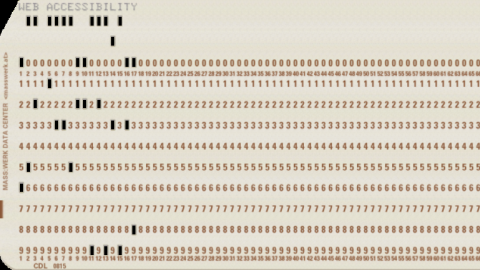As a WMS site manager or editor, you're probably familiar with the Editoria11y accessibility checker. This handy tool automatically highlights items that may present accessibility issues on your web pages.
The steps to addressing and removing red alerts are pretty straightforward. Simply follow the directions displayed in the alert, save and publish the web page. Et voilà! The alert should be gone. But what about those yellow alerts?
"Yellow alert" alert
Most yellow alerts are things that need manual review, such as links to PDF documents that may or may not be tagged. Editoria11y is unable to access these items or elements in order to run an automatic check.
Similar to the red alerts, you should follow the directions displayed in the alert, e.g. "Please make sure this document contains structural tags and image alt text, or a copy of its content is provided as a web page." Once you've completed the steps outlined, you should then save and republish the page.
Example of a yellow alert on a WMS administration page

I've completed the steps, but the alert is still there...
In some cases, the yellow alert will not go away. This happens because the item or issue needing manual review is still present on the page. Even though it's been checked, Editoria11y is unable to verify that the check has been completed.
At this point you should feel free to proceed with publishing your page and/or launching your site. You have acknowledged the alert and taken the necessary steps.
If the alert won't go away, why is it necessary to take the steps?
We must strive to ensure our content is accessible to all users which means any accessibility issue flagged must be followed up on.
On a related note, though not the case currently, it's possible we will be asked to provide accessibility compliance reports to government contacts in the future. If this happens, we will likely need to verify that steps outlined in the yellow alerts have been taken.
List of yellow alerts
Here are the tests that can trigger yellow alerts in Editoria11y:
- The first link to a PDF on a page, reminding the user to provide an accessible PDF or an alternate format
- Suspiciously short blockquotes that may not be block quotes.
- Embedded videos, reminding the user to add closed captions
- Embedded audio, reminding the user to provide a transcript
- Embedded social media, reminding the user to check their social media content as well
- Missing alt text for images that are decorative, e.g. images that are simply coloured blocks or bars
Related articles
Check out these articles to learn more about making your web pages accessible.






